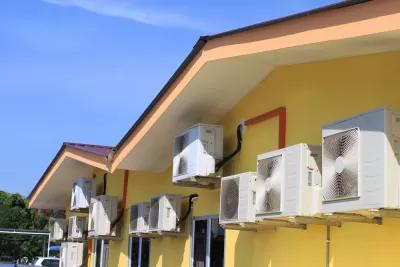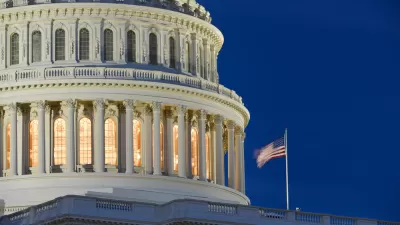An analysis of trends in energy-efficiency improvements reveals the success of policies enacted during the previous decades.

"Compared to 2009, single-family homes built before 1980 are now better insulated, have relatively newer heating equipment, and are more likely to have undergone an energy audit," according to an article by Elizabeth La Jeunesse.
"Homeowners' annual spending for related projects—including roofing, siding, windows/doors, insulation and HVAC—expanded from $50 billion to nearly $70 billion over 2009-2015," adds La Jeunesse.
La Jeunesse is sharing the results of Harvard Center for Joint Housing Studies analysis of the U.S. Energy Information Administration's Residential Energy Consumption Survey (RECS). The article credits the improvement of energy efficiency in the nation's older housing stock to incentives put in place when energy prices spike in the mid-2000s. At the federal level, La Jeunesse, credits the Obama Administration's American Recovery and Reinvestment Act of 2009, "which extended and strengthened tax credits for energy improvements to existing homes, including insulation, windows, roofs, water heaters, furnaces, boilers, heat pumps, and central air conditioners."
Energy prices have dropped enough since then, however, that the article includes a warning about a relative lack of incentives for energy-efficiency improvements.
FULL STORY: Significant Improvements in Energy Efficiency Characteristics of the US Housing Stock

Planetizen Federal Action Tracker
A weekly monitor of how Trump’s orders and actions are impacting planners and planning in America.

San Francisco's School District Spent $105M To Build Affordable Housing for Teachers — And That's Just the Beginning
SFUSD joins a growing list of school districts using their land holdings to address housing affordability challenges faced by their own employees.

Can We Please Give Communities the Design They Deserve?
Often an afterthought, graphic design impacts everything from how we navigate a city to how we feel about it. One designer argues: the people deserve better.

The EV “Charging Divide” Plaguing Rural America
With “the deck stacked” against rural areas, will the great electric American road trip ever be a reality?

Judge Halts Brooklyn Bike Lane Removal
Lawyers must prove the city was not acting “arbitrarily, capriciously, and illegally” in ordering the hasty removal.

Engineers Gave America's Roads an Almost Failing Grade — Why Aren't We Fixing Them?
With over a trillion dollars spent on roads that are still falling apart, advocates propose a new “fix it first” framework.
Urban Design for Planners 1: Software Tools
This six-course series explores essential urban design concepts using open source software and equips planners with the tools they need to participate fully in the urban design process.
Planning for Universal Design
Learn the tools for implementing Universal Design in planning regulations.
Borough of Carlisle
Smith Gee Studio
City of Camden Redevelopment Agency
City of Astoria
Transportation Research & Education Center (TREC) at Portland State University
City of Camden Redevelopment Agency
Municipality of Princeton (NJ)




























